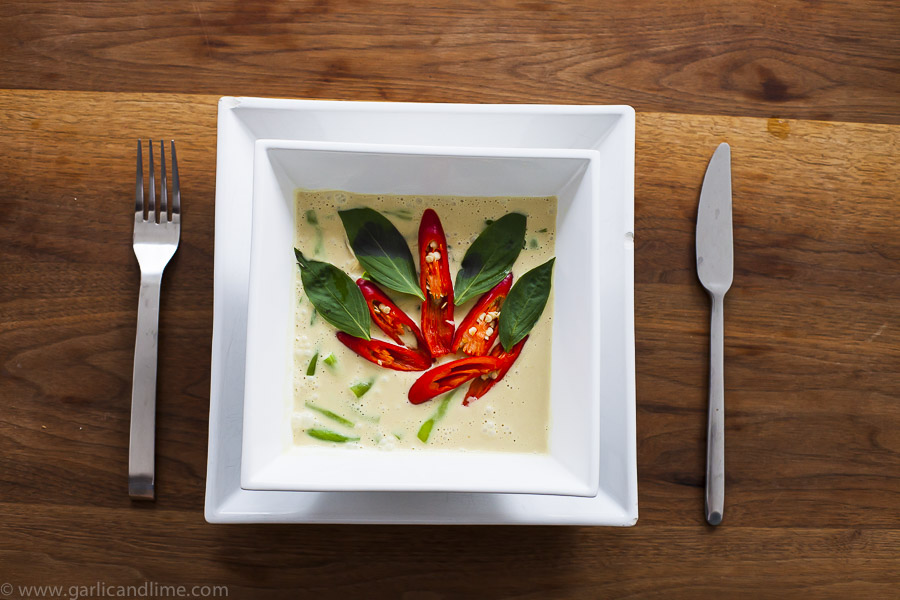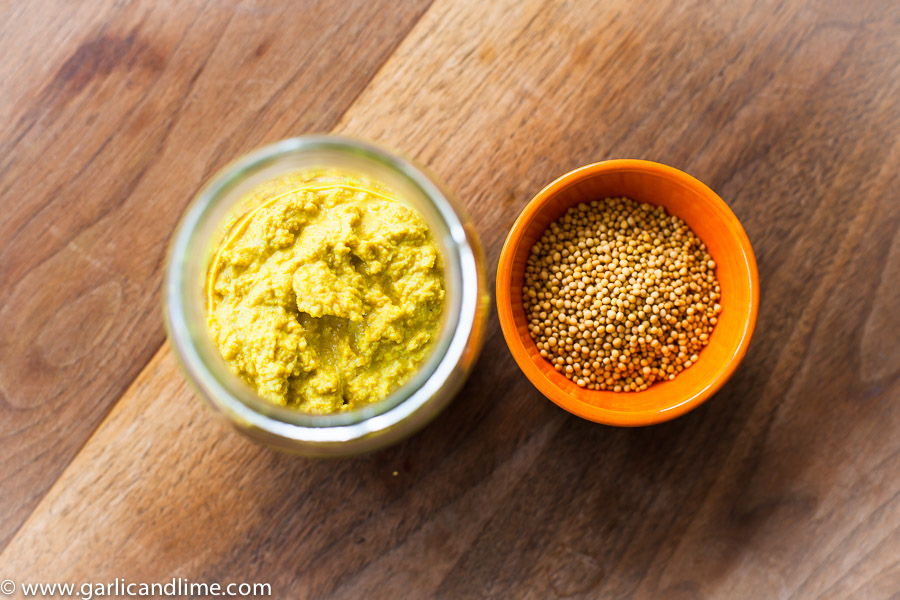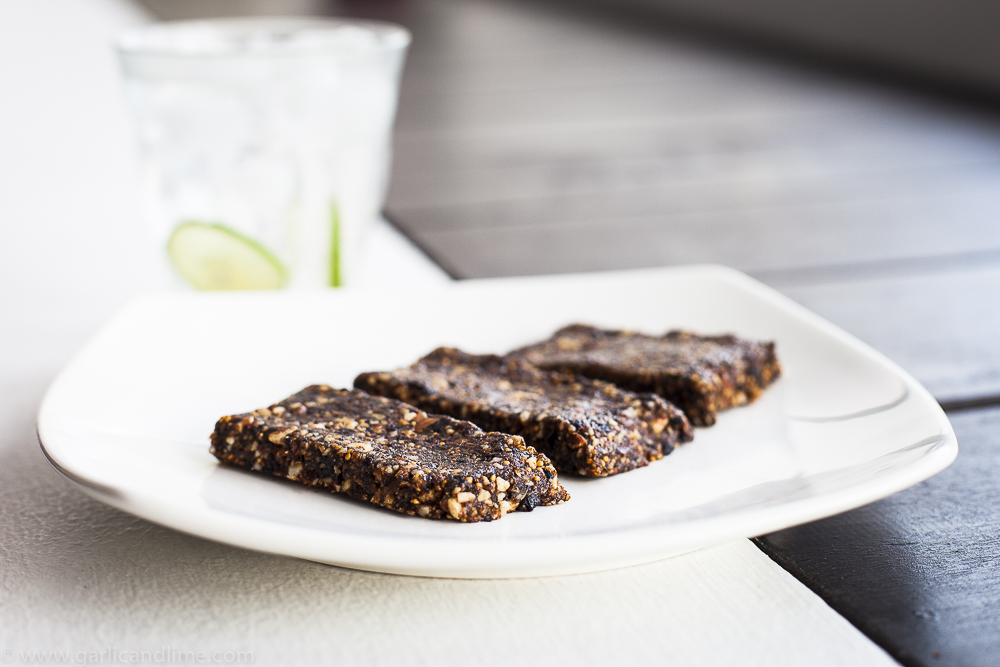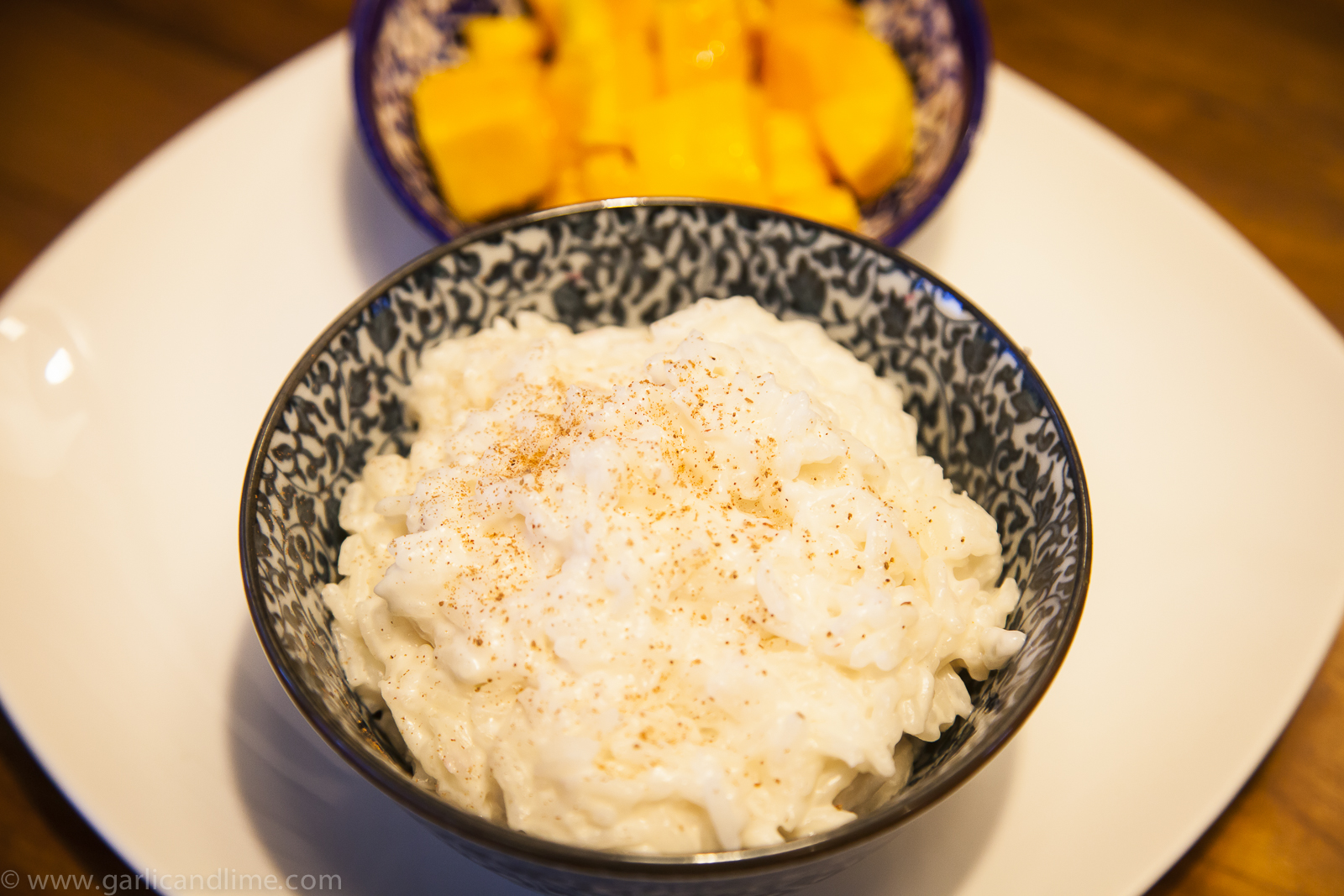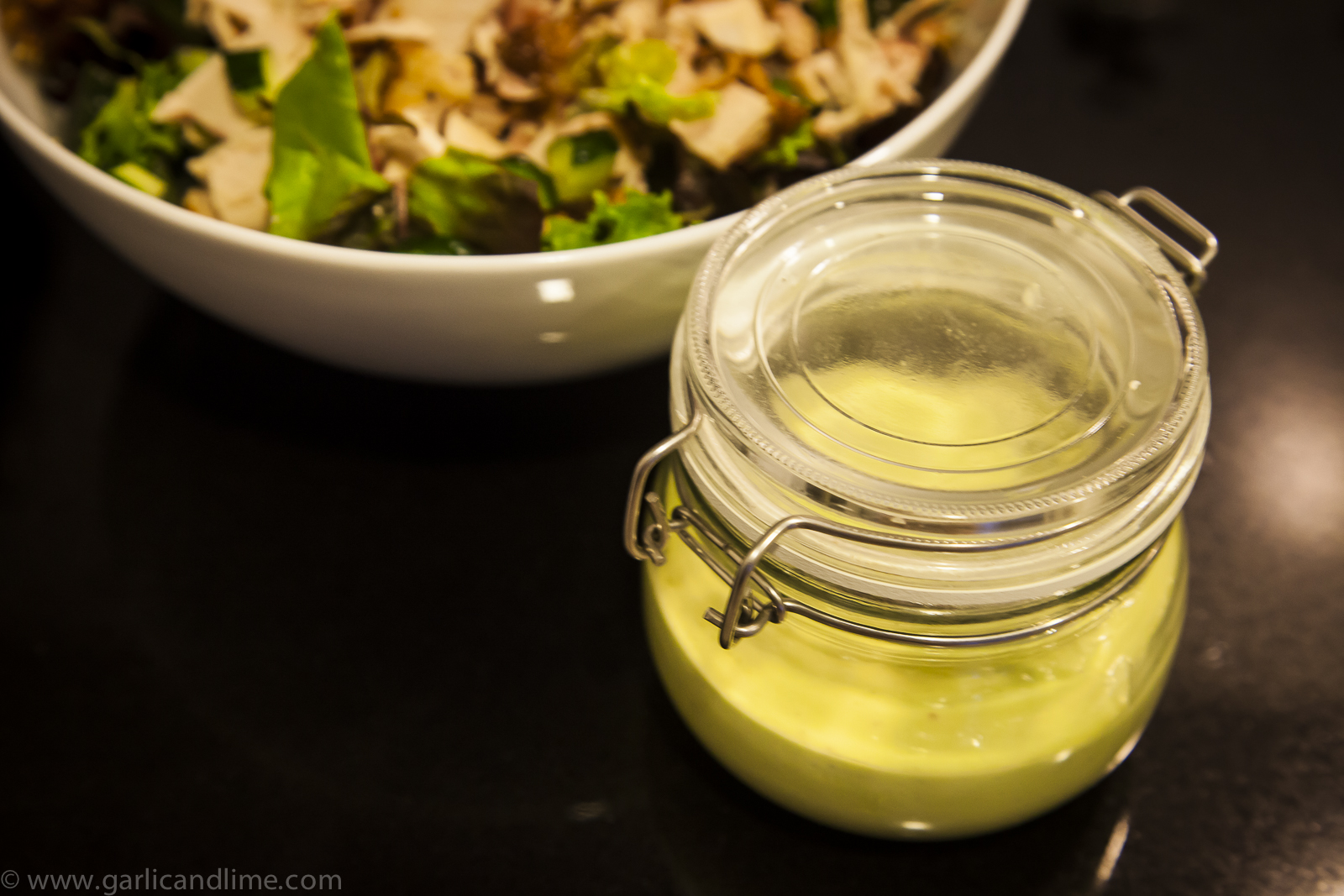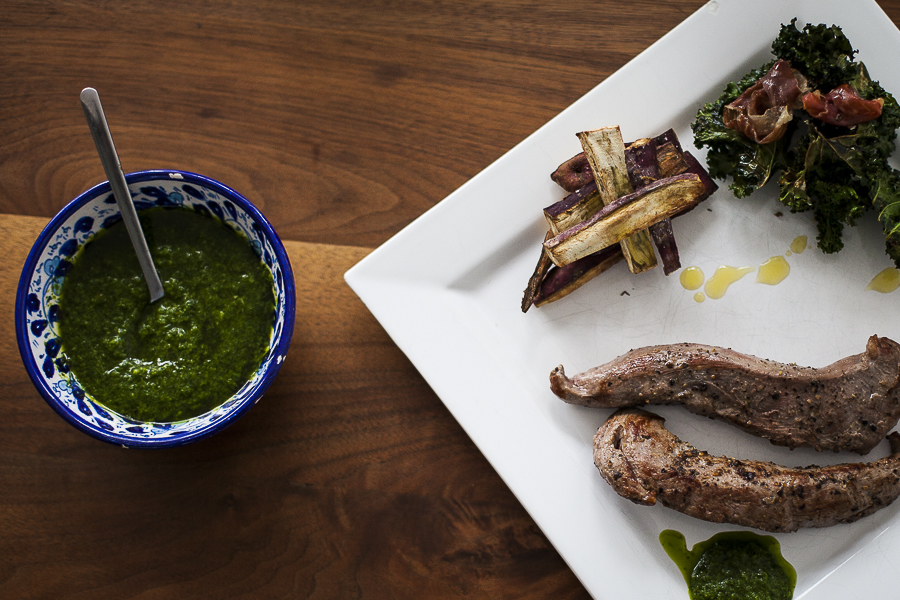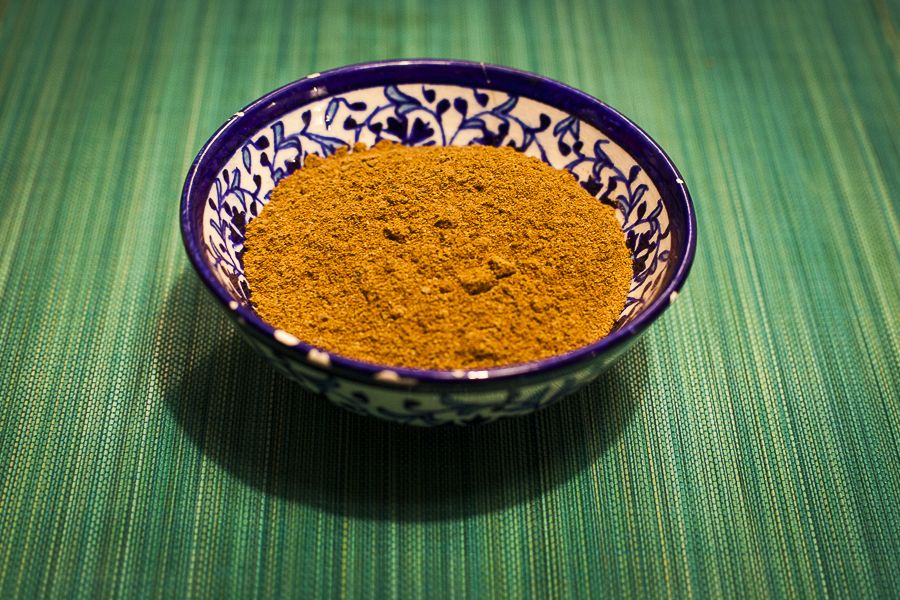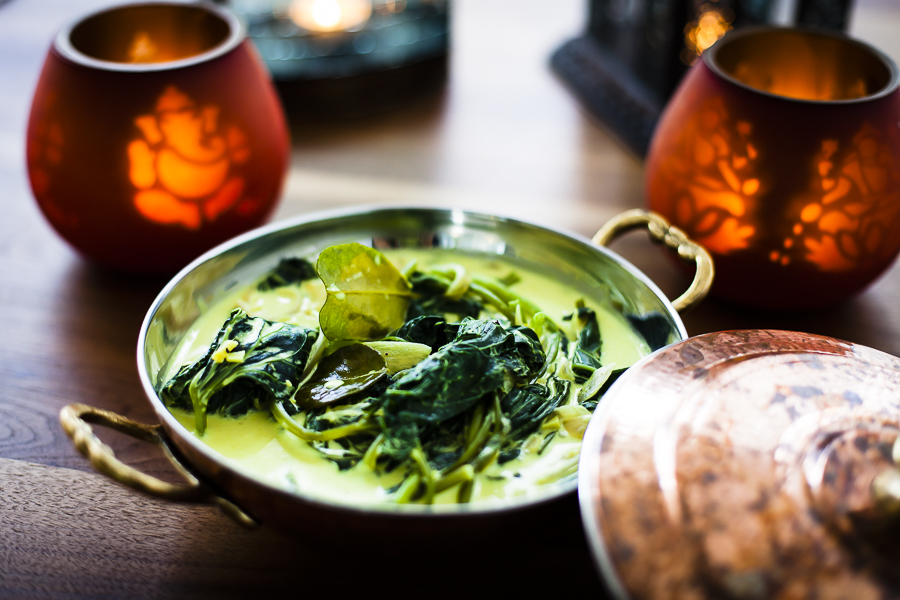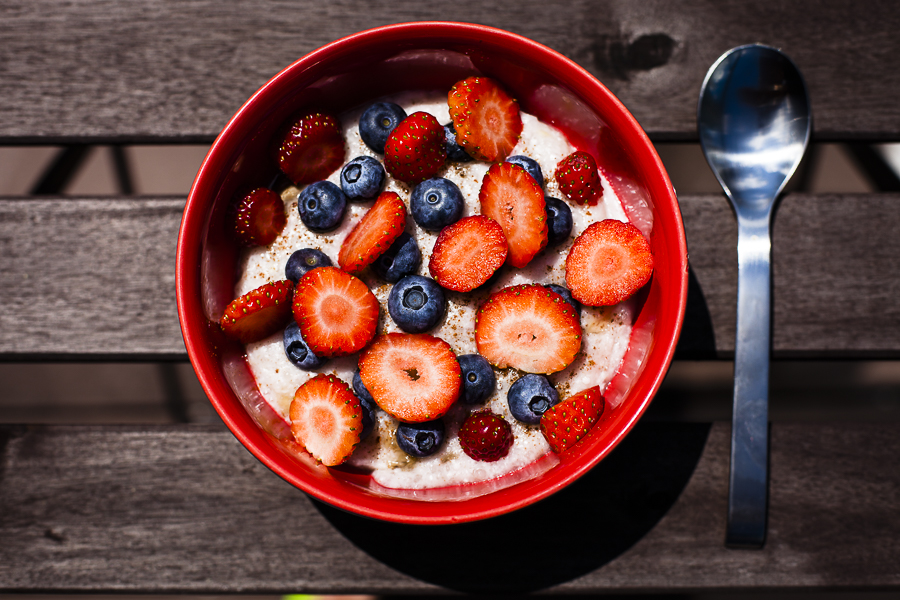A Thai curry is a very regular event at our table. It is one of our go to, mid week meals. We love to spice it up. You can adjust the spiciness with how much curry paste you add, and it depends on how spicy the paste is that you use as well, so do experiment a little to vary it to your own taste. We make our own paste, but we also have found a very good paste from a Thai supermarket that avoids any nasty ingredients as well. Up to you which you prefer.
Ingredients
- 1 cup coconut cream
- 1-2 Tbsp green curry paste (store bought, or see the separate recipe to make your own Green Curry Paste)
- 1 cup coconut milk
- 1 cup water
- 2 Tbsp fish sauce – check the label carefully to make sure it is just fish and salt and does not have other nasty ingredients (or use vegan fish sauce if you are vegetarian or vegan)
- 2 chicken breasts, cut into bite sized portions.
- 1 onion, sliced
- 2 handfuls pea aubergines
- 6-8 apple aubergines, cut into wedges
- (If you can’t find the pea and apple aubergines then use green beans, mushrooms and regular aubergines instead or any other vegetable that you like)
- large handful of Thai basil
- few kaffir lime leaves
- 2 large red chillies, cut on the diagonal to give slices
Directions
- Put the coconut cream into a frying pan, add the curry paste. Cook over a moderate heat for a minute or two. Keep on stirring to make sure it does not stick or burn.
- Add the coconut milk and water and stir well to combine
- Season with fish sauce
- Add the chicken and cook slowly for about 10 minutes
- Add the vegetables and cook for 5-7 minutes until the aubergines are cooked through
- Add the kaffir lime leaves and Thai basil. Stir well and simmer for another minute
- Remove from the heat and garnish with sliced red chillies.
- Serve with (cauliflower) rice and a green mango or papaya salad
Music to go with it…
Listen on Spotify: Brooklyn Brothers – The Album

